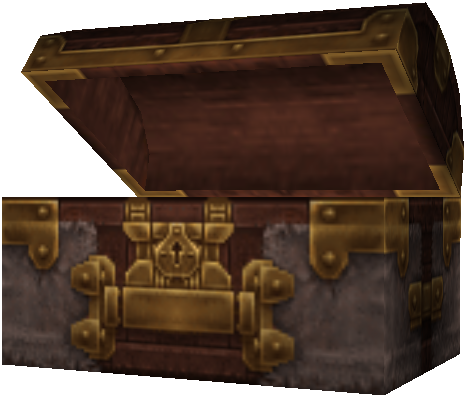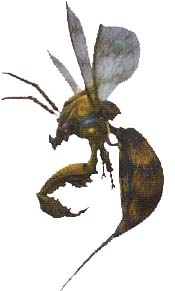Hi,
I've been playing through Final Fantasy X again and I noticed a statue of a best which I thought was quite interesting but I don't think is a monster within the two games:

I also flicked through the enemies of both games and didn't see anything of resemblance:


Maybe it's just some type of fancy gargoyle? Does each version of Sin look the same? I don't even recall seeign a past version of Sin in flashbacks.
I've been playing through Final Fantasy X again and I noticed a statue of a best which I thought was quite interesting but I don't think is a monster within the two games:
I also flicked through the enemies of both games and didn't see anything of resemblance:


Maybe it's just some type of fancy gargoyle? Does each version of Sin look the same? I don't even recall seeign a past version of Sin in flashbacks.
